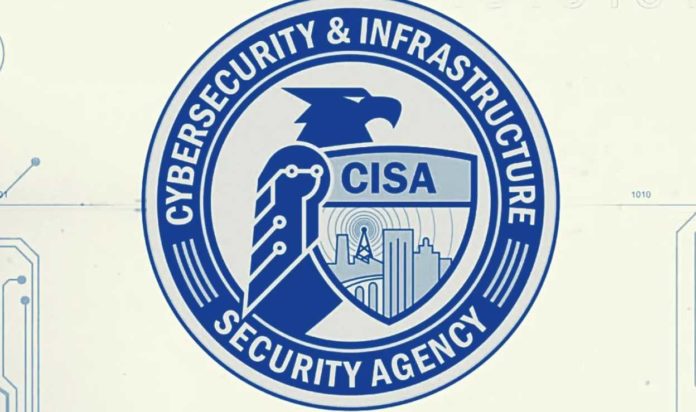Conti cyber threat actors remain active and announced Conti ransomware assaults against U.S. furthermore, worldwide associations have ascended to more than 1,000. Remarkable assault vectors incorporate Trickbot and Cobalt Strike.
The U.S. Cybersecurity and Infrastructure Security Agency (CISA) has refreshed the alarm on Conti ransomware with signs of giving and take (IoCs) comprising of near 100 space names utilized in malevolent activities.
To get secure against Conti ransomware, CISA, FBI, and the National Security Agency (NSA) suggest executing the alleviation estimates depicted in this Advisory, which incorporates requiring multifaceted confirmation (MFA), carrying out network segmentation, and keeping operating systems and software up to date.
Artifacts leaked with the playbook identify four Cobalt Strike server Internet Protocol (IP) addresses Conti actors previously used to communicate with their command and control (C2) server.
162.244.80[.]23585.93.88[.]165185.141.63[.]12082.118.21[.]1
The leak came from a Ukrainian researcher, who initially published private messages exchanged by the members of the gang and then released the source code for the ransomware, administrative panels, and other tools.
The cache of data also included domains used for compromises with BazarBackdoor, the malware used for initial access to networks of high-value targets.
CISA says that Conti threat actor has hit more than 1,000 organizations across the world, the most prevalent attack vectors being TrickBot malware and Cobalt Strike beacons.
The agency today released a batch of 98 domain names that share “registration and naming characteristics similar” to those used in Conti ransomware attacks from groups distributing the malware.
Domains:
| badiwaw[.]com balacif[.]com barovur[.]com basisem[.]com bimafu[.]com bujoke[.]com buloxo[.]com bumoyez[.]com bupula[.]com cajeti[.]com cilomum[.]com codasal[.]com comecal[.]com dawasab[.]com derotin[.]com dihata[.]com dirupun[.]com dohigu[.]com dubacaj[.]com fecotis[.]com | fipoleb[.]com fofudir[.]com fulujam[.]com ganobaz[.]com gerepa[.]com gucunug[.]com guvafe[.]com hakakor[.]com hejalij[.]com hepide[.]com hesovaw[.]com hewecas[.]com hidusi[.]com hireja[.]com hoguyum[.]com jecubat[.]com jegufe[.]com joxinu[.]com kelowuh[.]com kidukes[.]com | kipitep[.]com kirute[.]com kogasiv[.]com kozoheh[.]com kuxizi[.]com kuyeguh[.]com lipozi[.]com lujecuk[.]com masaxoc[.]com mebonux[.]com mihojip[.]com modasum[.]com moduwoj[.]com movufa[.]com nagahox[.]com nawusem[.]com nerapo[.]com newiro[.]com paxobuy[.]com pazovet[.]com | pihafi[.]com pilagop[.]com pipipub[.]com pofifa[.]com radezig[.]com raferif[.]com ragojel[.]com rexagi[.]com rimurik[.]com rinutov[.]com rusoti[.]com sazoya[.]com sidevot[.]com solobiv[.]com sufebul[.]com suhuhow[.]com sujaxa[.]com tafobi[.]com tepiwo[.]com tifiru[.]com | tiyuzub[.]com tubaho[.]com vafici[.]com vegubu[.]com vigave[.]com vipeced[.]com vizosi[.]com vojefe[.]com vonavu[.]com wezeriw[.]com wideri[.]com wudepen[.]com wuluxo[.]com wuvehus[.]com wuvici[.]com wuvidi[.]com xegogiv[.]com xekezix[.]com |
The above list of domains associated with Conti ransomware attacks appear to be different from the hundreds that the Ukrainian researcher leaked from BazarBackdoor infections.
Despite the unwanted attention that Conti received recently due to the exposure of its internal chats and tools, the gang did not pull the brakes on its activity.
Since the beginning of March, Conti listed on its website more than two dozen victims in the U.S. Canada, Germany, Switzerland, U.K., Italy, Serbia, and Saudi Arabia.
( Source : Bleeping computer , CISA )



































